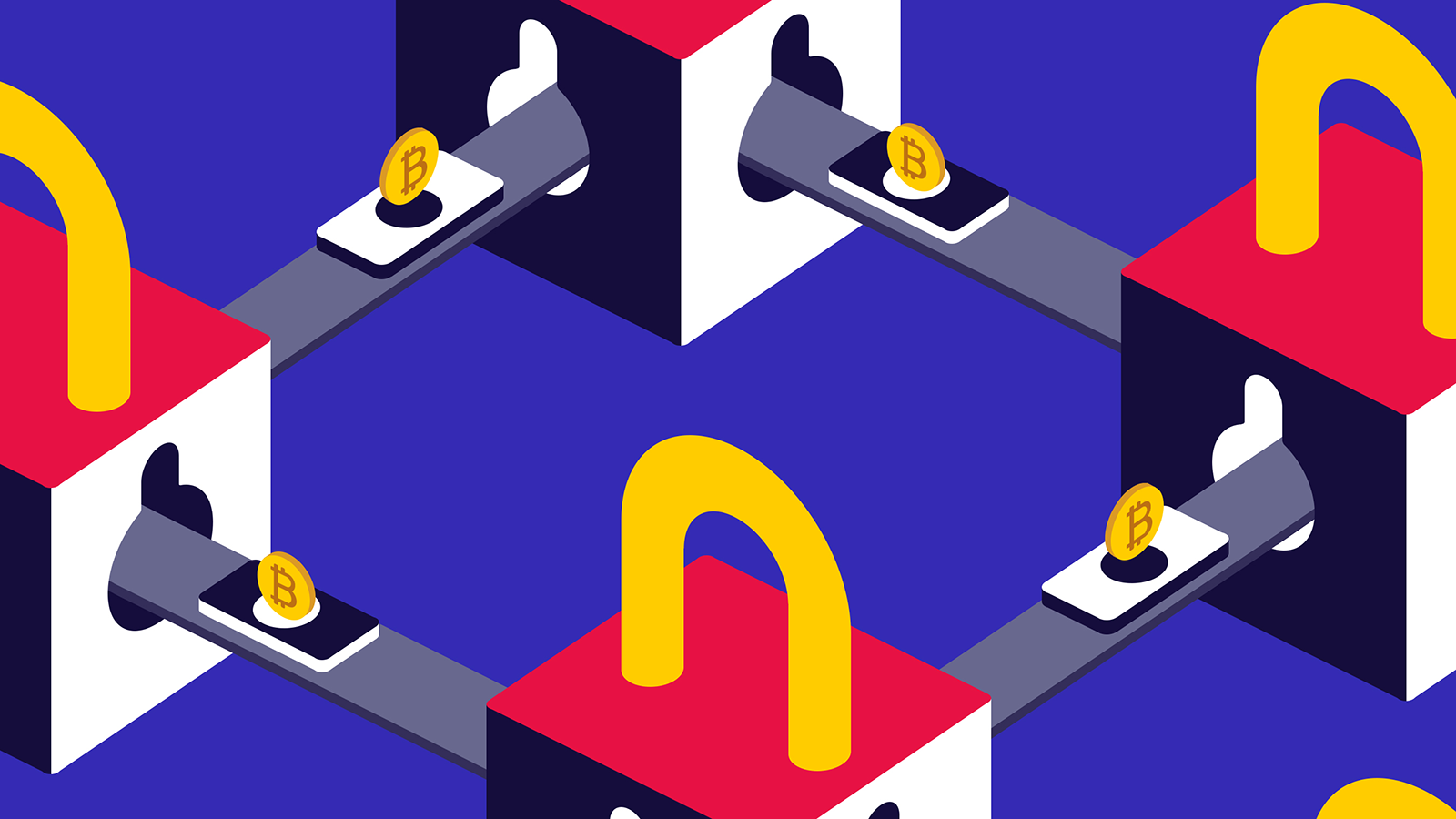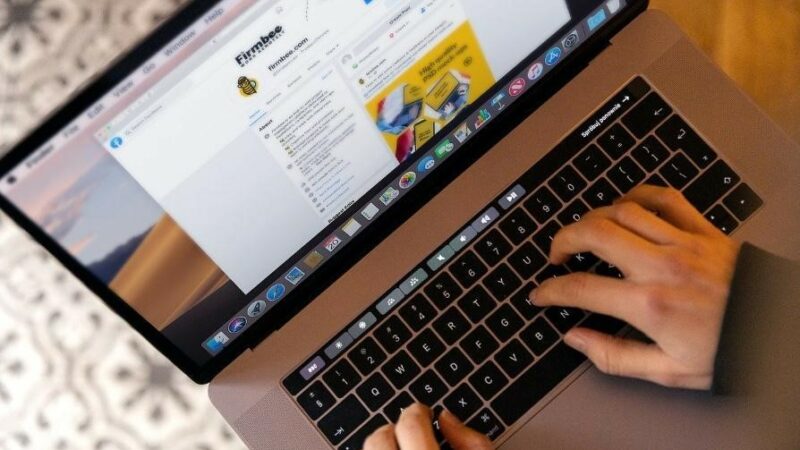What Can a Blockchain Do?

Financial institutions have already financed the break of several industries over the past 30 years; they have a clue of what a revolutionary technology can do to conventional incumbents.
That’s why, to stay in the lead for supporting the change, banks have been actively participating in setting up R&D labs, creating test centers, and accomplishing partnerships with blockchain developers to thoroughly understand the revolutionary capacities of the technology.
Financial institutions were the first to put their feet in, but governments, academia, and other firms are still intending to know the technology more.
All of this functioning is in addition to what the developers, as well as entrepreneurs, are doing, either by searching for new ways to use the Bitcoin/Ethereum blockchains or by producing all-new blockchains.
If you’ve ever given a thought of what a blockchain can do, we have collected several related ideas:
- Create a digital identity
The identity part of blockchain technology is accomplished by using the cryptographic keys. Combining a private and public key creates a robust digital identity referring to possession.
A public key determines how you are identified publically, i.e., in the crowd, a private key determines how you grant permission to digital interactions. Cryptography is an essential force being used behind the blockchain technology.
- Function like a system of record
Blockchains follow an approach leading to information registration as well as distribution. They are suitable for recording both static (registry) and dynamic (transactions) data, turning it into evolution in systems of record.
While considering a registry scenario, data can be saved on blockchains in any of the combinations of three types:
- Unencrypted data: It can be read by every participant in the blockchain and is entirely transparent.
- Encrypted data: it can be read by only the participants who have a decryption key. This key allows access to the data on the blockchain and can show who added the data and when.
- Hashed data: It can be represented alongside the function that generated it to indicate the data hasn’t tampered.
- Unchangeable functionality
An essential advantage of a blockchain is that it owns a history of itself. That’s why it is often called unchangeable. In simple words, it would take a considerable effort to change an entry in the record, because it would need changing all of the information that comes afterward, on every single node. Thus, it is more a system of record than a database.
- Work as a platform
Cryptocurrencies are the first platform developed through blockchain technology. Nowadays, people have transferred from the idea of a platform to exchange cryptocurrencies to a smart contracts platform.
The idea of ‘smart contracts’ can be divided into many categories:
- Vending Machine Smart Contracts
Such a platform was coined in the 1990s by Nick Szabo. In this, machines engage after getting an external input (a digital currency) or otherwise send a signal that triggers a blockchain functionality.
- Smart Legal Contracts
There are also called Ricardian contracts. Most of its applications are based on the idea that a contract is basically a meeting of the minds, and that it is the outcome of whatever the involved parties to the contract agree to. Thus, such a contract can be used in blockchains like timestamps, auditing, tokens, business logic, or document coordination.
- Ethereum Smart Contracts
These are programs that control blockchain assets, functioning for interactions connected to the Ethereum blockchain. Ethereum is a base for smart contract code on its own.
New technologies do not create blockchains. They are made from an exclusive orchestration of three conventional techniques.
| THREE TECHNOLOGIES THAT ALTOGETHER MAKE THE BLOCKCHAIN | ||
| Authentication keys | P2P Network | Protocol Generation |
| Identity | System of Record | Platform |
- Transfer Money
Bitcoin has been explained as “blockchain’s first use case,” and with appropriate reasoning. When Satoshi’s popular White Paper was published in October 2008, some of the people started realizing its impact with the time. It’s been more than eight years, and the Bitcoin blockchain has been improving itself, and you really need to use it for yourself to realize how simple as well as incredible the protocol is.
- Accomplish micropayments
The ability to use blockchains to transact minuscule amounts of money is indeed an important factor. Either you’re discussing in-app payments of a fraction, microgrid operations, or house appliances transferring to a pay-per-use instead of an ownership model, being able to perform small payments through cryptocurrency without including bank fees, is a tremendous opportunity.
- Lend money to people
Peer-to-peer lending may prove to be the fastest-growing area in finance, having users getting attracted by the opportunity to make a return on their savings, including a low-interest environment at the time of facilitating other users to borrow at a reasonable rate and all without providing the banks with their cut.
- Parking fines can be paid
Recently, New York City Councilman, Mark Levine, recommended that recalcitrant motorists in New York should be capable of paying for parking tickets not only with just ApplePay but also with Bitcoin. And this idea must be appreciated.
- Sharing electricity
It should be the most convenient thing to do. Consider one street which has a sunny end and another shady end. The fortunate ones on the sunny side of the road have solar panels installed on their roofs. It’s more appropriate to use electricity near to where it is produced, so rather than selling the extra power back to the grid, consider if the houses’ owners with excess power could sell it on the domestic market. Though, this would typically come at a price, with the homeowners to become agreed on a price with each other and analyze the amount of electricity to be used. The MicroGrid project initiated in New York’s Brooklyn solves this issue by allowing the households to buy as well as sell energy through smart contracts on the Ethereum blockchain. No further individual calculation or monitoring needed.
- Avail proof of ownership
High-value portable assets are very easy to steal and can be taken away from a specific geographic area where they are being registered. A startup Mamoru intends to offer a global standard for proof of ownership.
The applications of blockchain technology are countless. Some more of the functions to which blockchain can contribute are; issuing shares, easing the shipping process, executing an equity swap, participating in a decentralized marketplace, voting, performing legal contracts, maintaining health as well as work records, and of course, trading cryptocurrencies, and much more.






